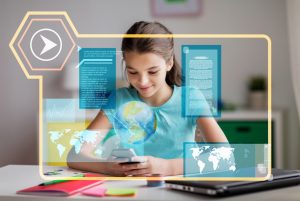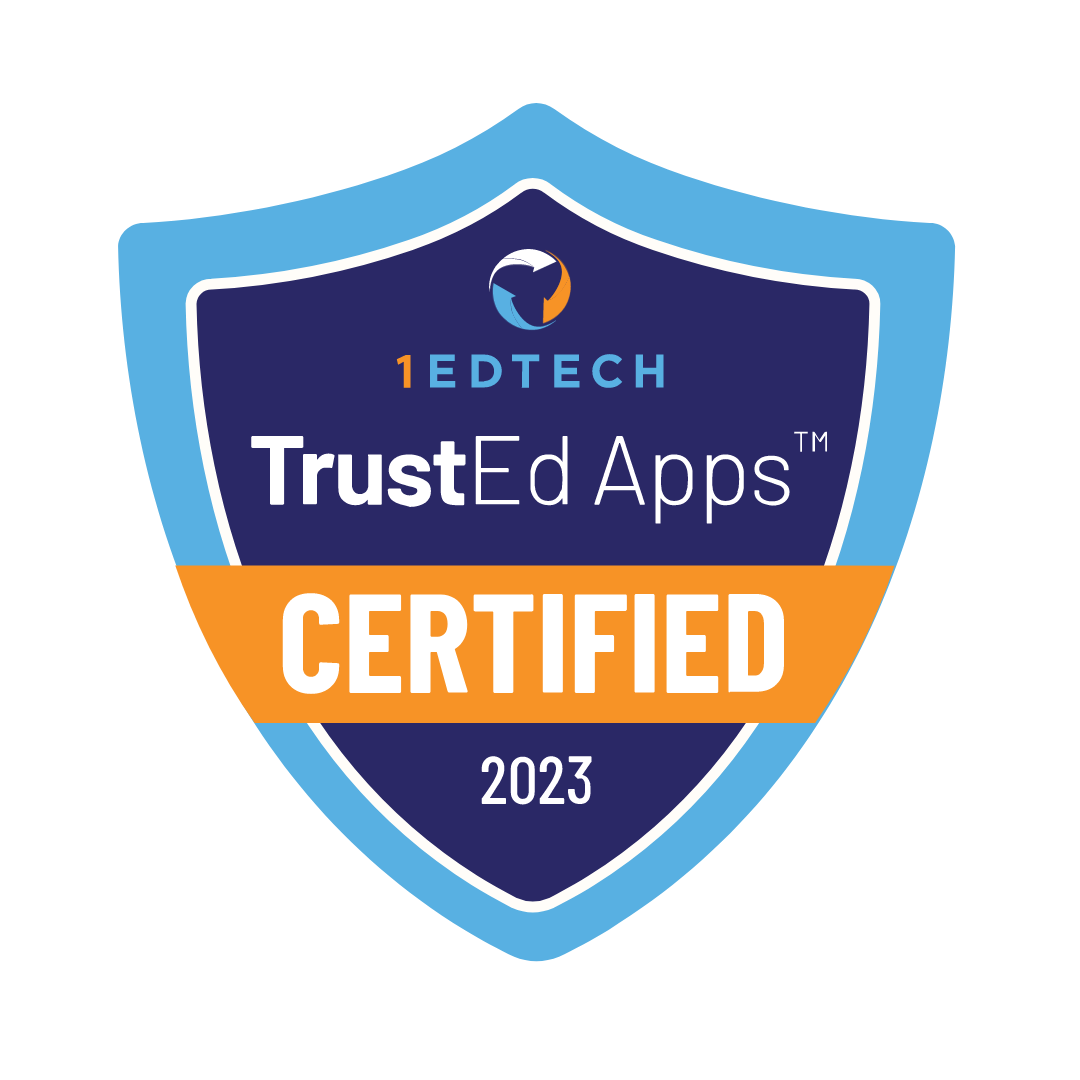Contents
- 1 Benefits of Online Teaching
- 2 Approaches to Teaching Methods
- 3 Essential Online Teaching Methods for K-12
- 3.1 Synchronous Learning Method
- 3.2 Asynchronous Learning Method
- 3.3 Flipped Classroom Method
- 3.4 Project-Based Learning (PBL) Method
- 3.5 Differentiated Instruction Method
- 3.6 Interactive Content and Gamification Method
- 3.7 Collaborative Learning Method
- 3.8 Social-Emotional Learning (SEL) Integration Method
- 4 Teaching to K-3
- 5 Teaching Methods for 4th-6th Grade
- 6 Teaching Methods for 7th-9th Grade
- 7 Teaching Methods for 10th-12th Grade
- 8 Implementing Online Teaching Methods
- 9 Challenges and Solutions in Online Teaching
- 10 Conclusion
The world changed with the advent of digital technology. These technologies forced schools and teachers to adapt. Online schools introduced new methods, leading to the development of online teaching strategies. We’ll explore how teachers use these methods to fit the new digital reality.

K-12 online teaching methods are the techniques used to teach students from kindergarten to 12th grade through online platforms. These methods include live virtual classes, pre-recorded lessons, interactive activities, and digital assessments. These methods focus on keeping students engaged and ensuring they learn effectively in a virtual environment.
Benefits of Online Teaching
Students and parents choose online education for its benefits, with flexibility as the main one. Flexibility lets students learn anywhere and anytime, allowing them to balance studies with part-time work, hobbies, or family time. We explored online education benefits in the article “Unveiling the Benefits of K-12 Online Education“.
Approaches to Teaching Methods
Teaching methods broadly categorized into two main approaches:
- Teacher-centered approach. The teacher is the main authority, controlling the flow of information. Common methods include lectures, direct instruction, and rote memorization. Students are mostly passive, receiving and absorbing knowledge.
- Student-centered approach. This approach emphasizes student engagement and autonomy. Methods include group work, discussions, and problem-solving activities. Students actively participate in their learning process, fostering critical thinking and collaboration skills.
Each approach is effective depending on the educational goals and context.

Essential Online Teaching Methods for K-12
The research “Comparing the Effectiveness of Classroom and Online Learning: Teaching Research Methods” was conducted by Anna Ya Ni. Key findings from the research include this information:
- Online enrollment rates in higher education grew by 21%. Traditional classroom enrollment increased by just 2% since 2002.
- Student performance is the same online or in class.
More students failed online classes. The failure rate was 10%. This rate in face-to-face classes was only 4%.

Teachers choose online teaching methods based on their abilities, preferences, and student needs. Here are eight key online teaching methods for K-12 education.
Synchronous Learning Method
Synchronous learning method involves live classes where students and teachers interact in real-time. This method mirrors traditional classroom settings but in a virtual environment. This method is essential for fostering communication, active participation, and real-time feedback. Teachers use tools like Zoom, Google Meet, or Microsoft Teams to facilitate communication.
Asynchronous Learning Method
Asynchronous learning method allows students to access course materials, complete assignments, and engage in discussions at their own pace. This method is effective for accommodating different learning speeds and schedules for students. Teachers use platforms like Google Classroom or Moodle to provide a structured environment for students.
Flipped Classroom Method
The flipped classroom method involves students learning new content online by watching videos or reading materials before class. The actual class time is used for discussions, problem-solving, and application of knowledge. This method encourages active learning and deeper understanding of students. Teachers use tools like YouTube or Google Docs to deliver content before class and facilitate learning during class.
Project-Based Learning (PBL) Method
PBL method involves students working on projects over an extended period. These projects are interdisciplinary and allow students to apply what they’ve learned in real-world contexts. Teachers use tools like Trello or Google Workspace to promote critical thinking, collaboration, and practical application of knowledge.
Differentiated Instruction Method
Differentiated instruction involves tailoring teaching methods and materials to meet the diverse needs of students. This means providing different resources, assignments, or assessments based on learning styles and interests. Teachers use apps like Padlet (Android) or Seesaw to help students succeed.
Interactive Content and Gamification Method
Incorporating interactive content and gamification into lessons increase student engagement and motivation. This method includes quizzes, simulations, or educational games. Teachers use tools like Kahoot! or Quizizz to make learning dynamic and enjoyable.
Collaborative Learning Method
Collaborative learning method involves students working together in groups to complete tasks, solve problems, or create projects. Teachers use tools like Miro or Slack to help students collaborate and learn from each other.
Social-Emotional Learning (SEL) Integration Method
Online learning feels isolating sometimes, so integrating the SEL method is important. This method involves regular check-ins, creating a supportive online community, and teaching students self-regulation. Teachers use apps like ClassDojo or Breathe, Think, Do (Android, iOS) with Sesame to help students manage their emotions.
Teaching to K-3
Teaching methods for K-3 focus on engaging young learners through interactive, hands-on activities. Teachers use these strategies:
- Storytelling
- Learning through play
- Visual tools
- Hands-on learning
- Short lessons
- Praise and rewards
Teaching Methods for 4th-6th Grade
Teaching methods for 4th-6th graders include a range of strategies designed to keep students engaged and support their learning. Teachers use these strategies:
- Hands-on activities and group work
- Problem-solving tasks and discussions
- Project-based learning
- Differentiated instruction
- Teaching time management
- Regular assessments
- Praise, rewards, and recognition
Teaching Methods for 7th-9th Grade
Teaching methods for 7th-9th graders focus on fostering independence, critical thinking, and collaboration. Teachers use these strategies:
- Collaborative learning
- Case studies and debates
- Technology integration
- Differentiated instruction
- Project-based learning
- Formative assessments
- Social-emotional learning
- Real-world connections
Teaching Methods for 10th-12th Grade
Teaching methods for 10th-12th graders focus on preparing students for college, careers, and real-world challenges. Teachers use these strategies:
- Case studies, research projects, and debates
- Independent learning
- Assignments
- Project-based learning
- Technology integration
- Differentiated instruction
- College and career readiness
- Formative and summative assessments
- Collaborative learning
- Real-world applications
Implementing Online Teaching Methods
The research “Virtually Unprepared: Examining the Preparation of K-12 Online Teachers” was conducted by Michael K. Barbour and colleagues. The research focuses on the current practices of online learning in teacher education programs, exploring the challenges and opportunities. Key points from the research:
- Less than 40% of online teachers in the U.S. reported receiving professional development before teaching online.
- Teachers need skills to create, teach, and support online learning in K-12 schools.

Teachers follow ten rules to successfully implement teaching methods:
- Understand students’ needs.
- Define educational goals clearly.
- Choose appropriate tools and platforms.
- Pilot the method with a small group.
- Provide clear instructions and expectations.
- Be flexible and adapt the method as needed.
- Offer support and training for students in using new approaches.
- Monitor and gather feedback.
- Evaluate and improve the method based on results.
- Introduce new methods gradually.
Challenges and Solutions in Online Teaching
Table below lists ten challenges teachers face in online learning. Each challenge comes with a solution to address it.
| CHALLENGE | SOLUTION |
|---|---|
Limited student engagement | Use interactive tools like polls, quizzes, and breakout rooms to keep students involved. Incorporate multimedia elements. These elements include videos and interactive simulations |
Technical difficulties | Provide clear instructions and technical support before the course begins. Offer tutorials on using the online platform and troubleshooting common issues. Have a backup plan in case of technical failures |
Lack of personal connection | Foster relationships through virtual communications, personalized feedback, and group activities. Use video conferencing for face-to-face to maintain a personal touch |
Time management for students | Help students develop time management skills. Give students a clear schedule and set deadlines |
Assessing student performance | Use a variety of assessment methods, including quizzes, peer reviews, and participation in discussions |
Ensuring academic integrity | Use plagiarism detection tools and design assessments requiring critical thinking and personalized responses. Implement open-book assessments or project-based learning to help students apply knowledge |
Diverse learning styles and needs | Implement differentiated instruction by providing multiple formats for content delivery. These formats include videos, readings, interactive activities. Offer additional support for students with specific needs. This support includes extended deadlines or one-on-one tutoring |
Isolation and lack of motivation | Create a supportive online community for students. Use gamification techniques like earning badges or points for participation to help students increase motivation |
Maintaining course quality | Improve course content based on student’s feedback and performance data. Stay updated with the latest online teaching strategies to enhance student’s experience |
Balancing online and offline work | Provide clear guidelines on how much time students should spend online versus offline. Balance synchronous and asynchronous tasks to accommodate different schedules and learning paces for students |
Teachers address these challenges with targeted solutions. Targetes solutions help to create an effective and rewarding online teaching environment.
Legacy Online School has certified teachers from diverse cultural backgrounds. Legacy Online School’s teachers are skilled at overcoming online education challenges and helping students succeed.

Conclusion
Online education demands teachers upgrade their skills and use new teaching methods. We’ve covered basic approaches and eight key online teaching methods. We looked at the main challenges in online teaching and how to deal with them. Learning this information helps teachers instruct more effectively.











